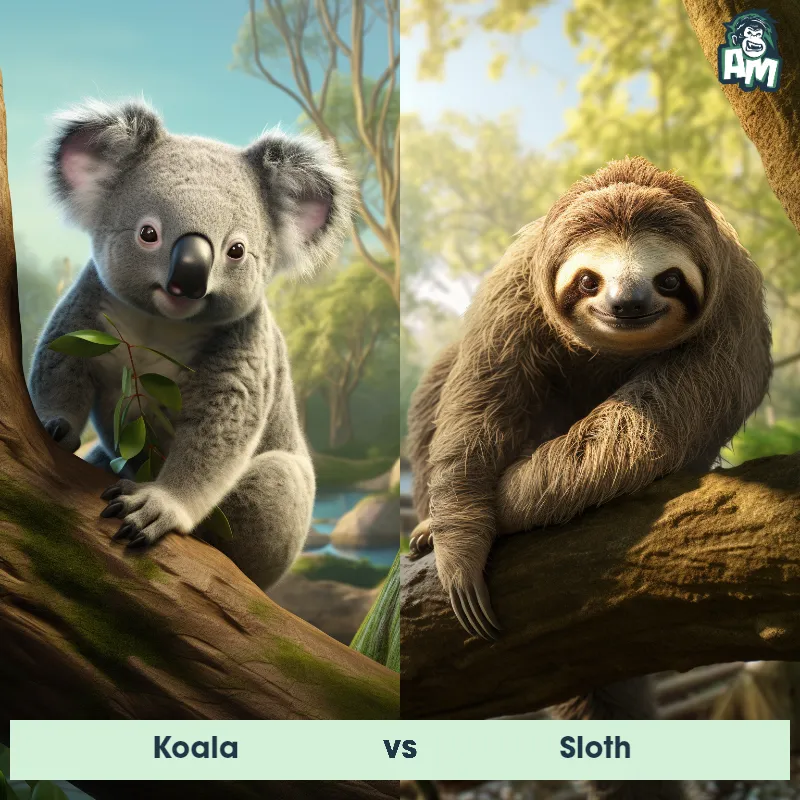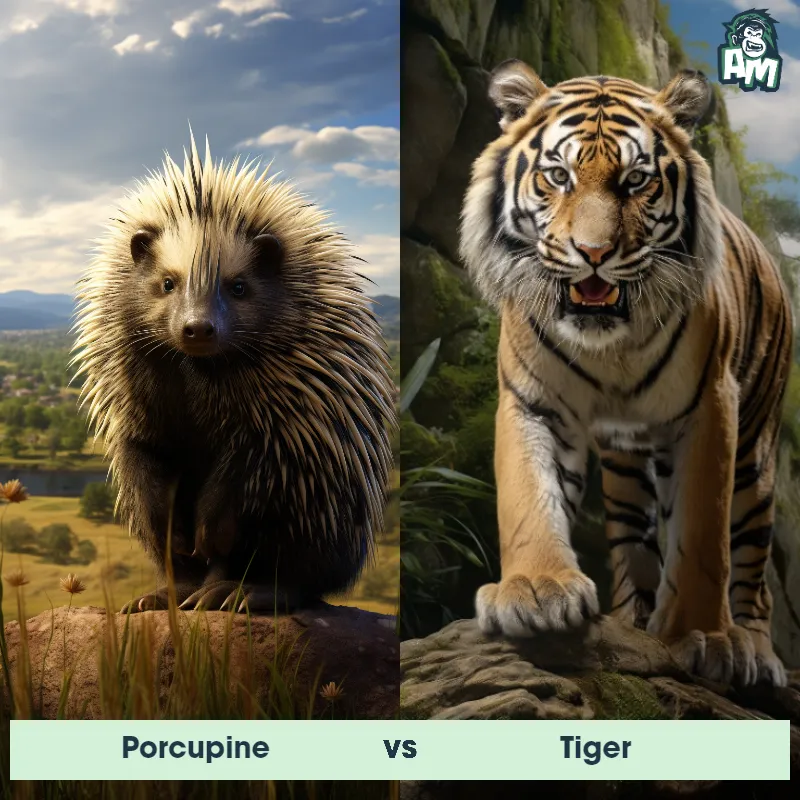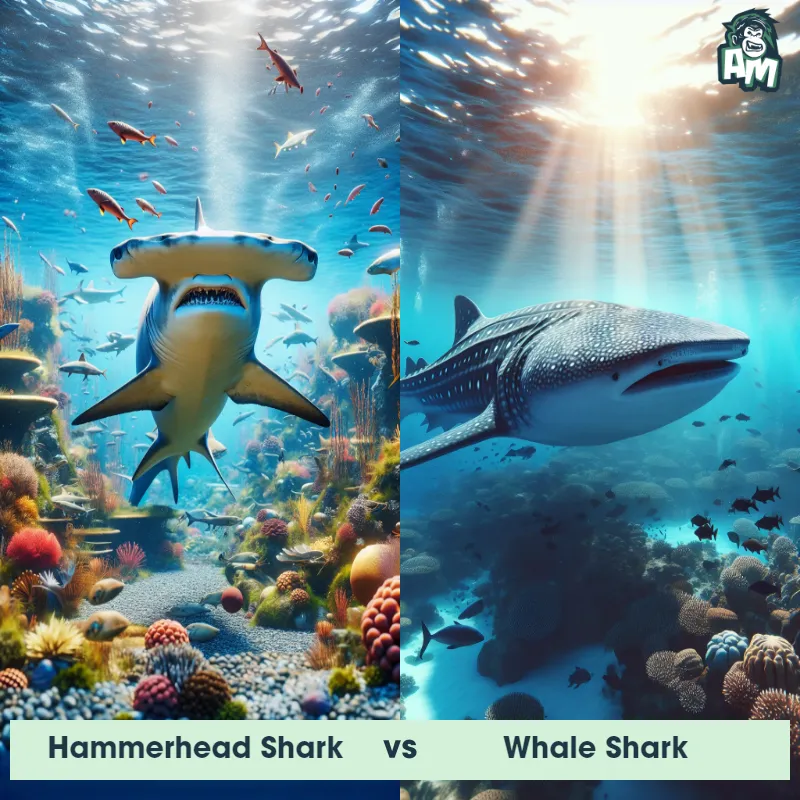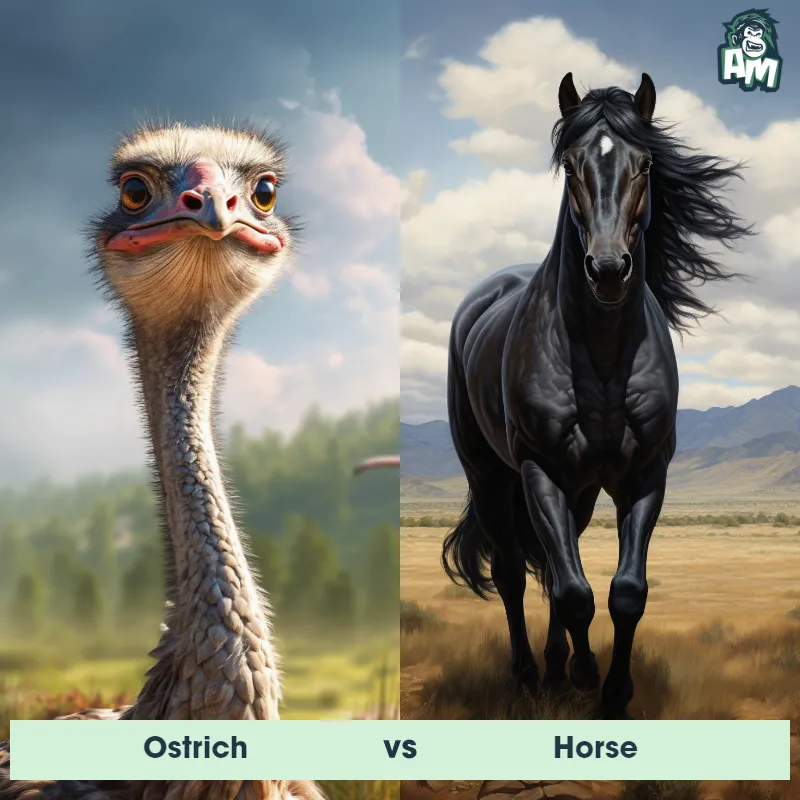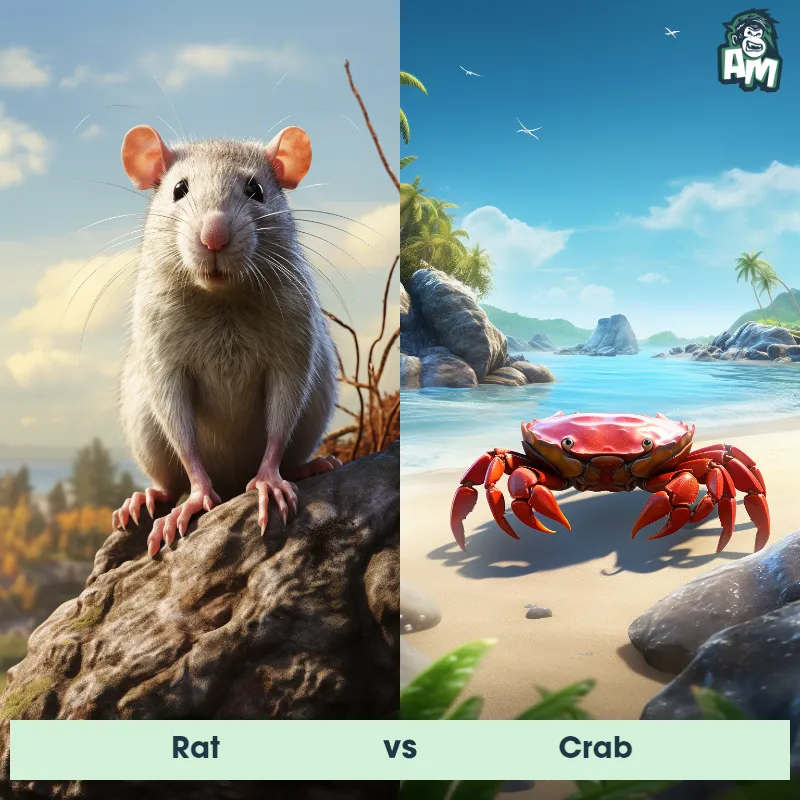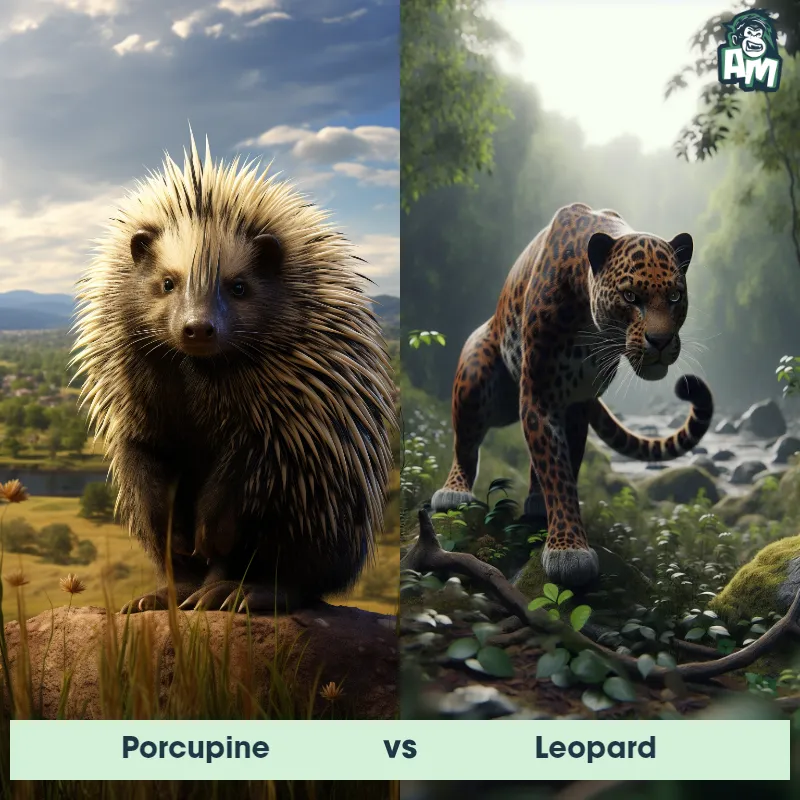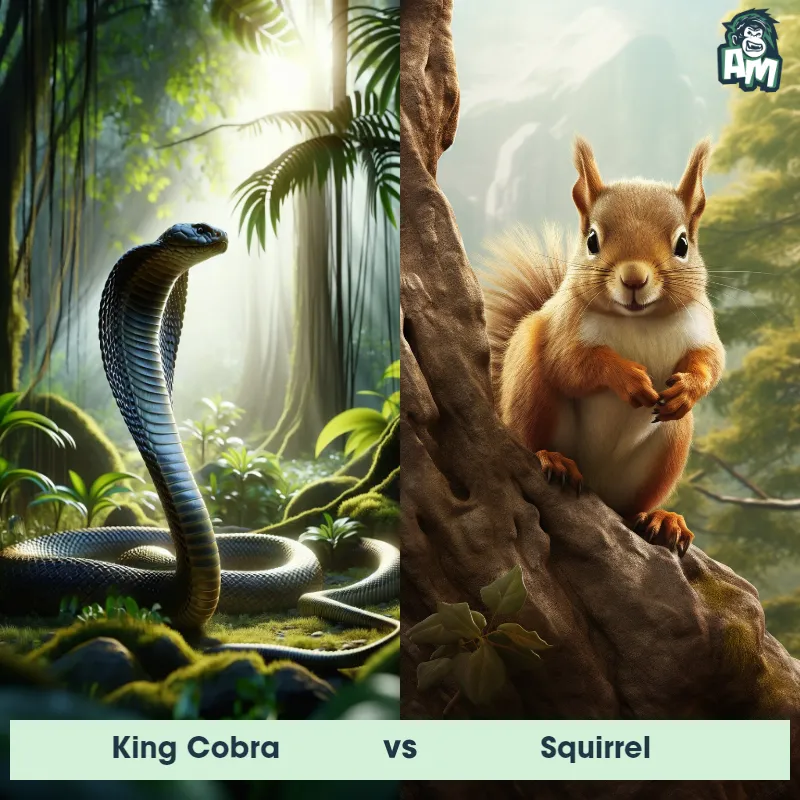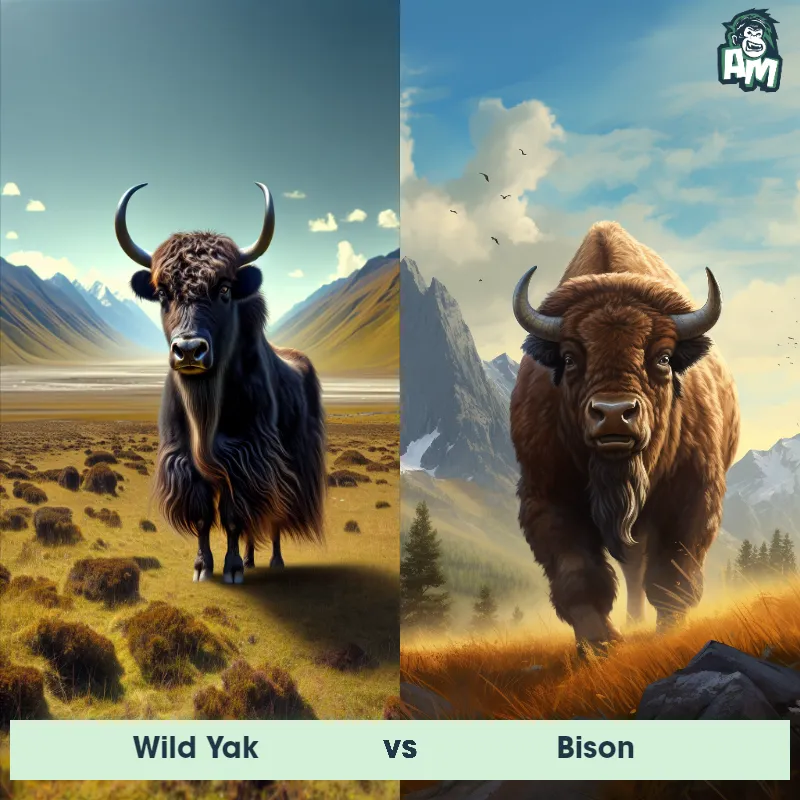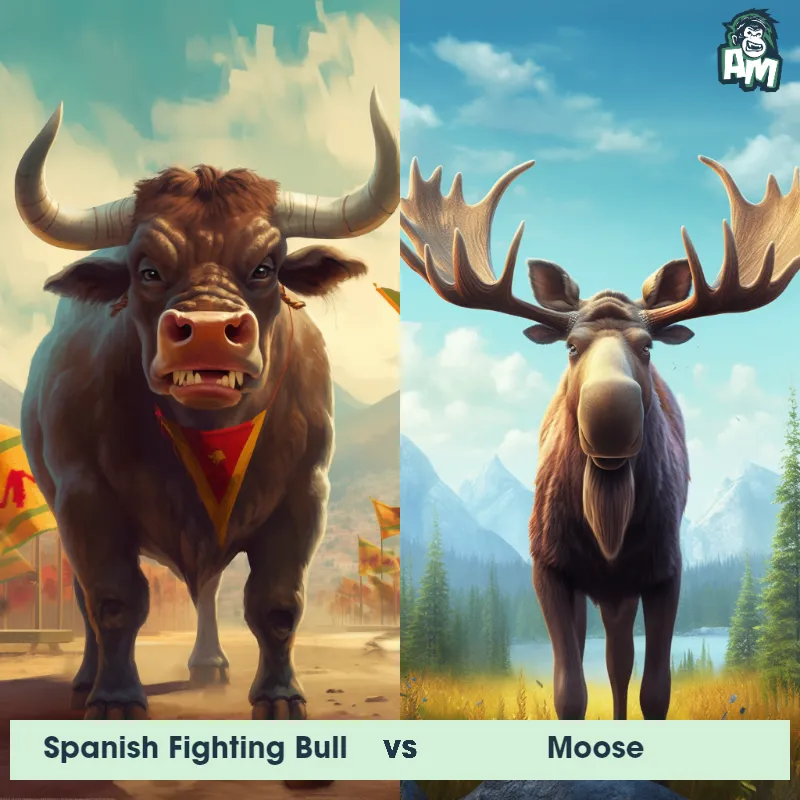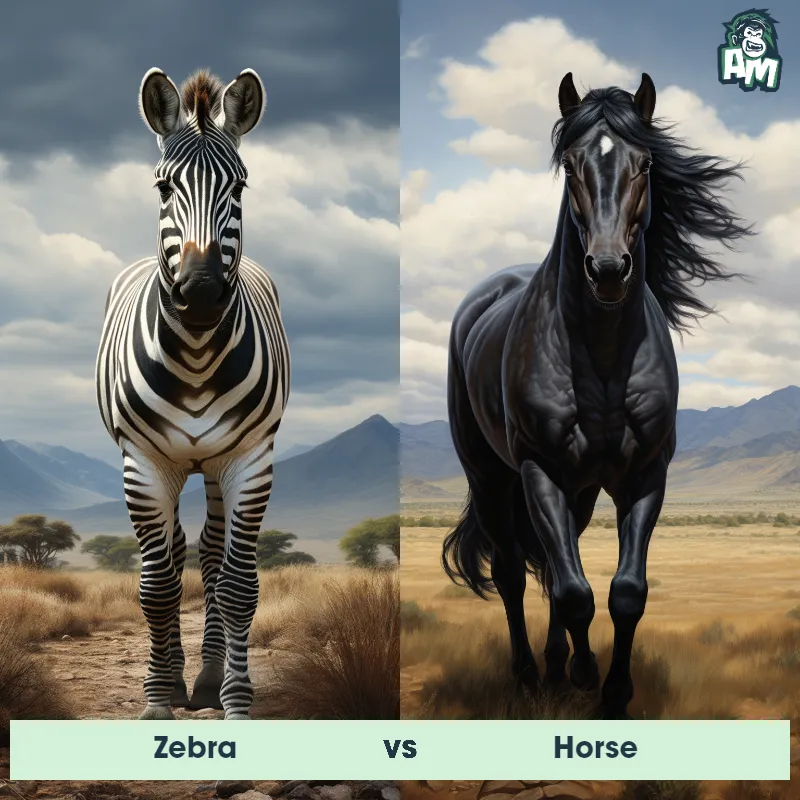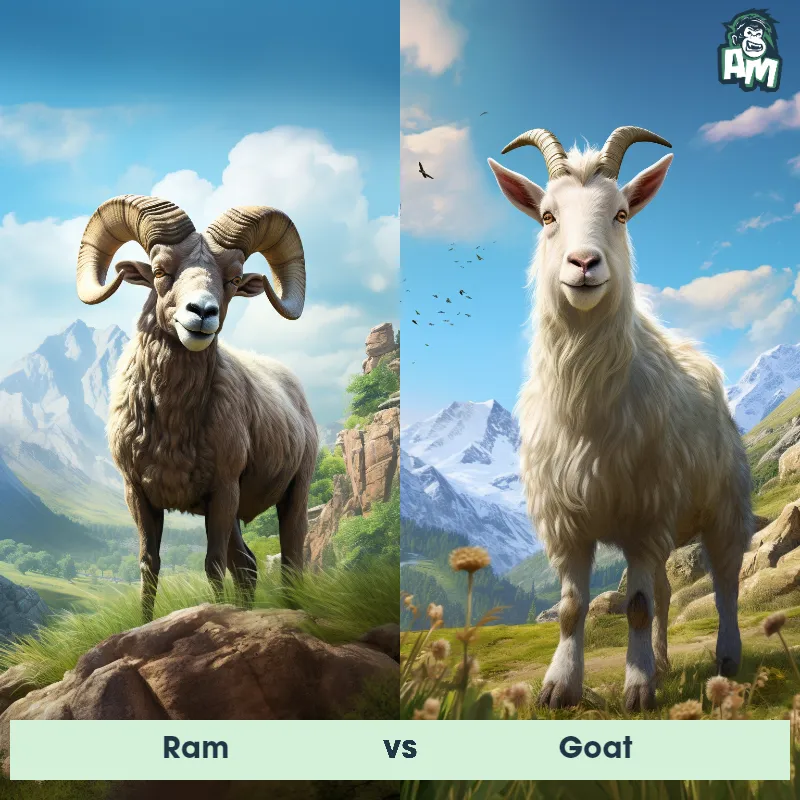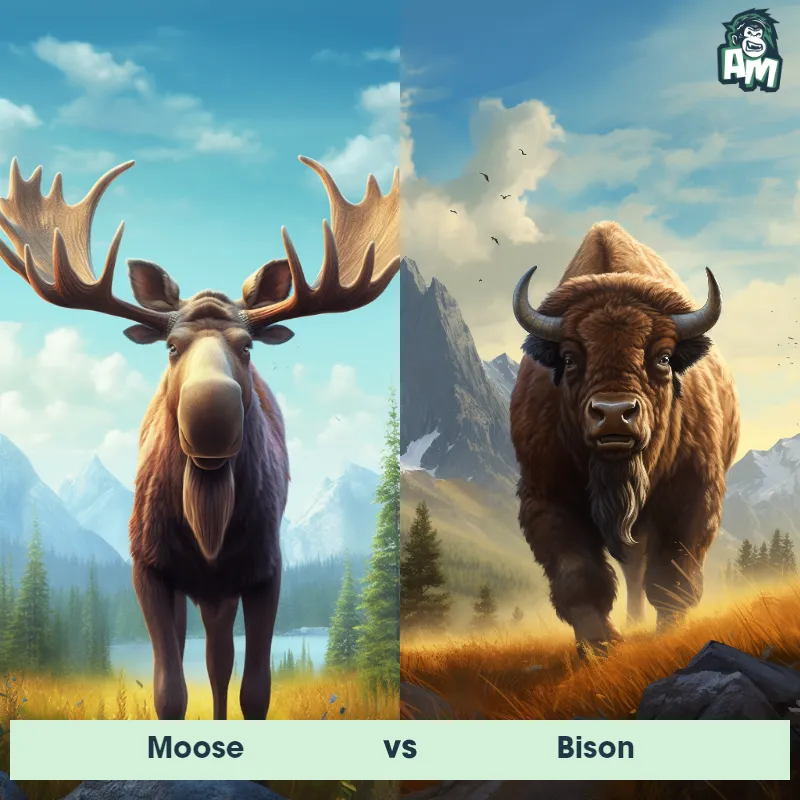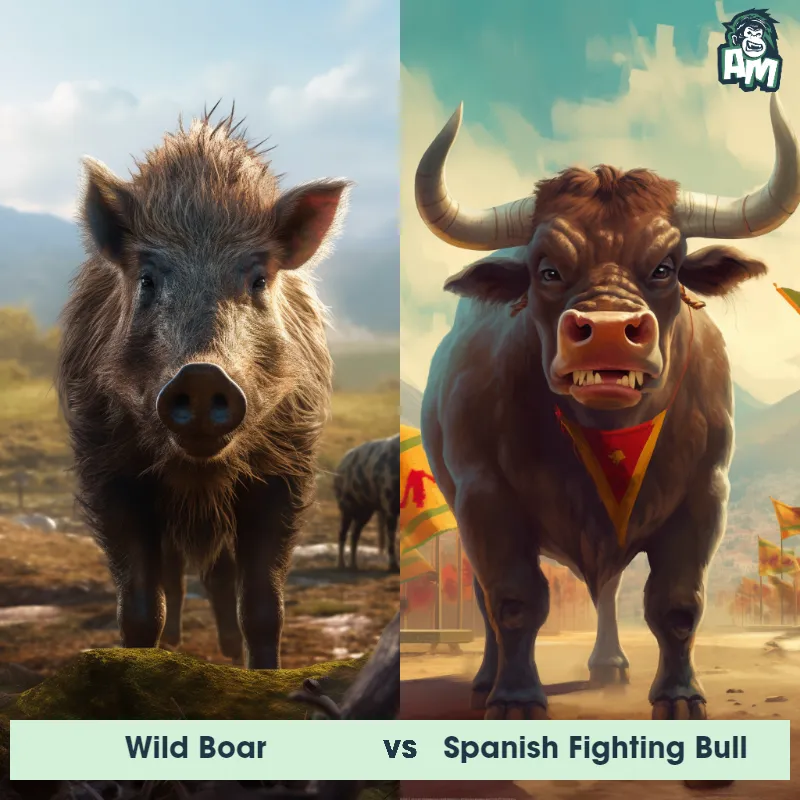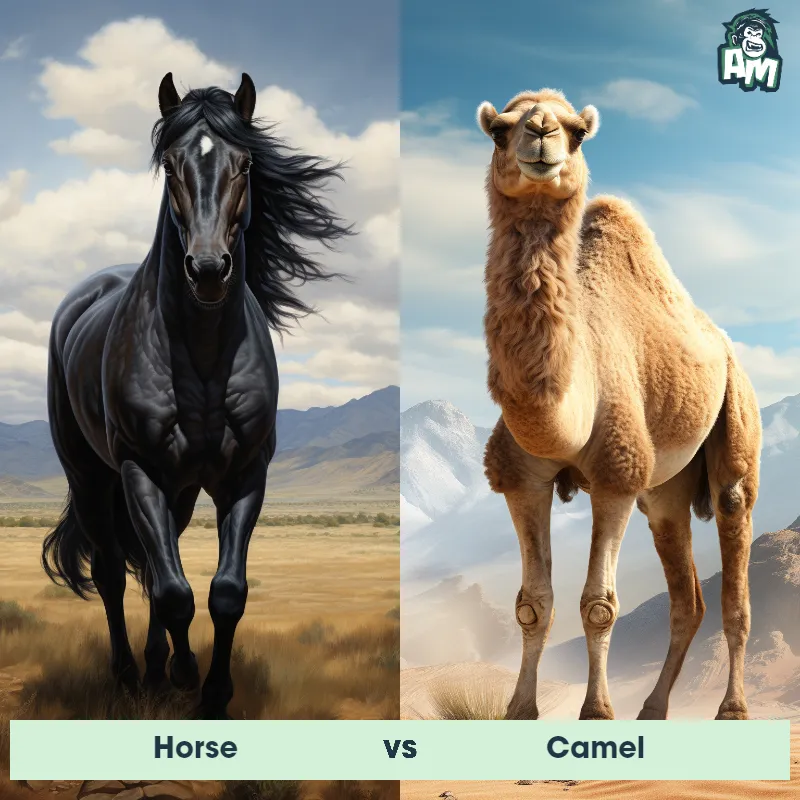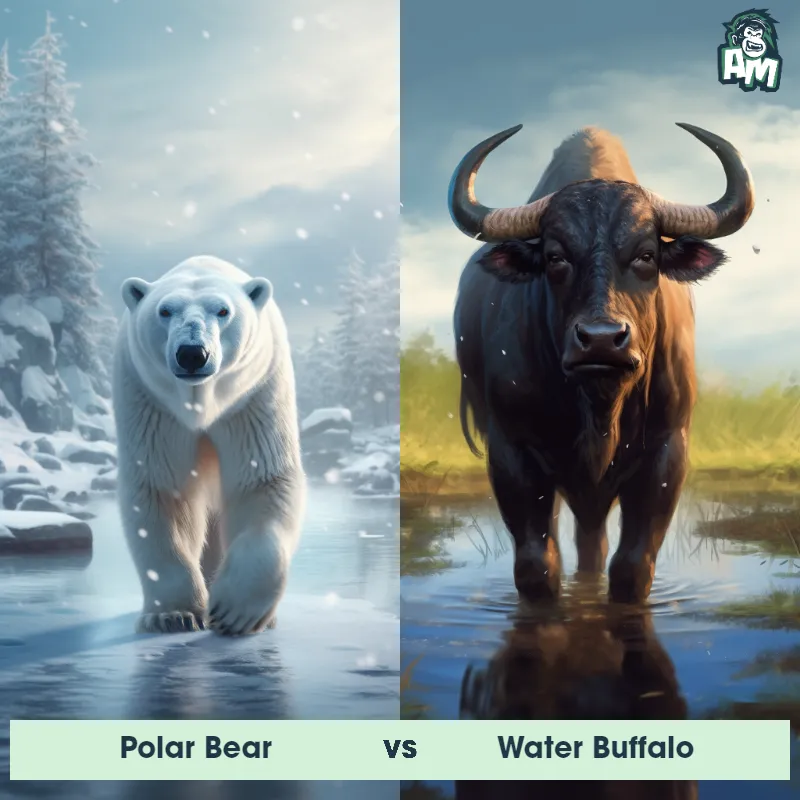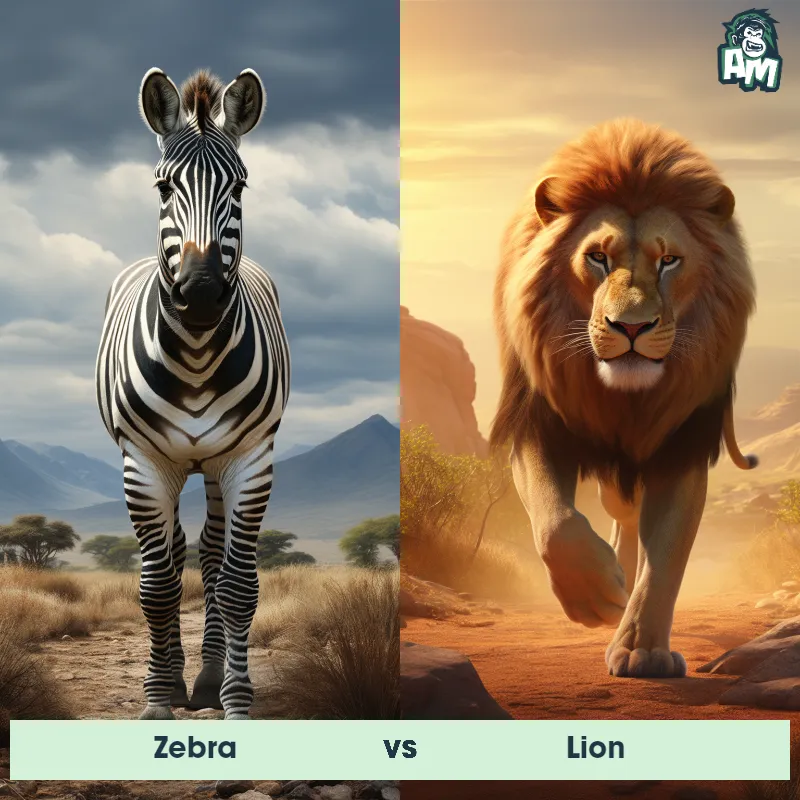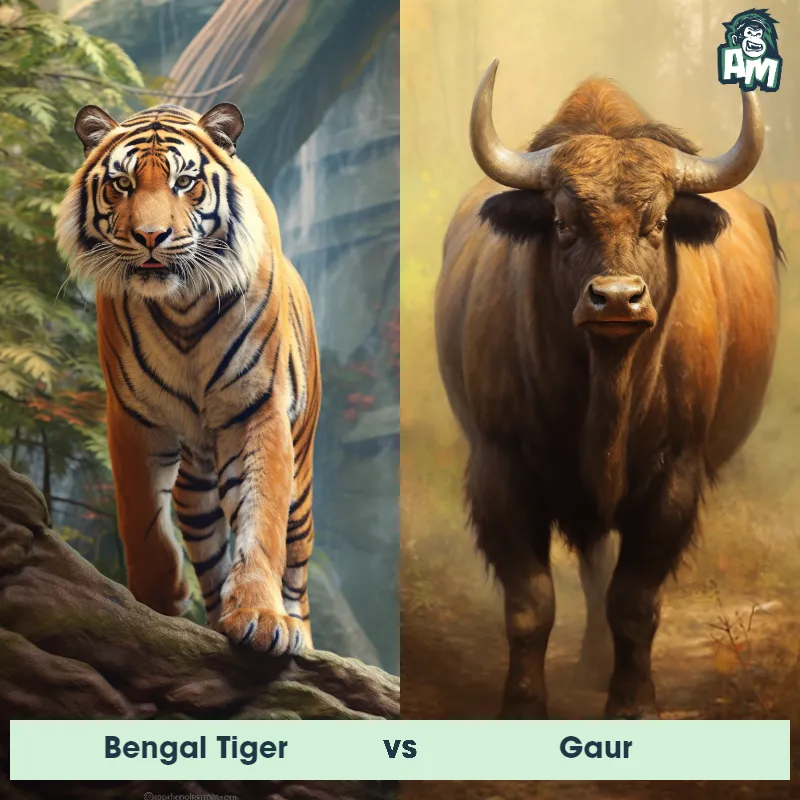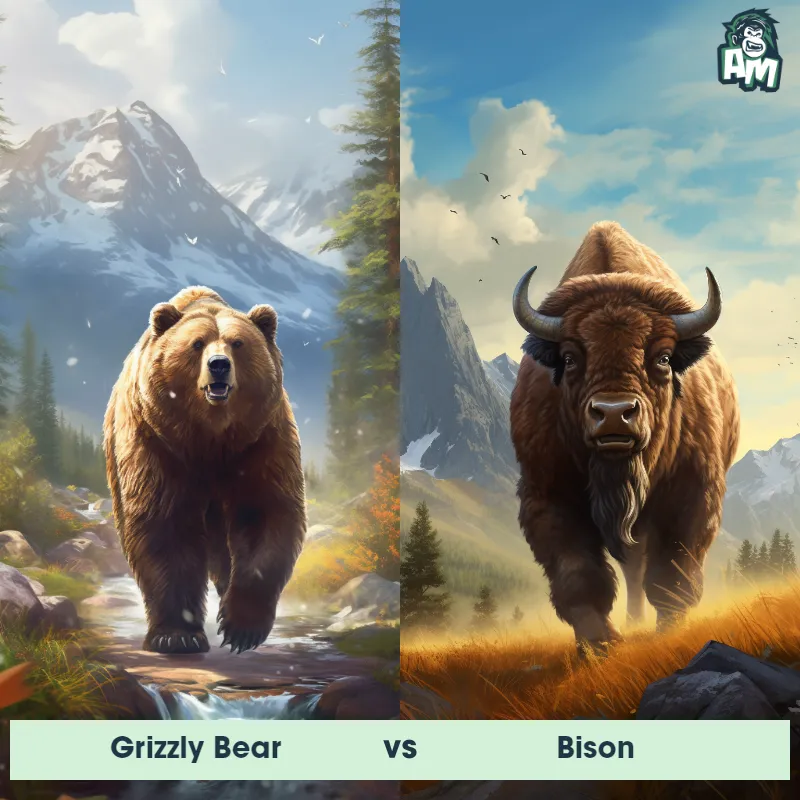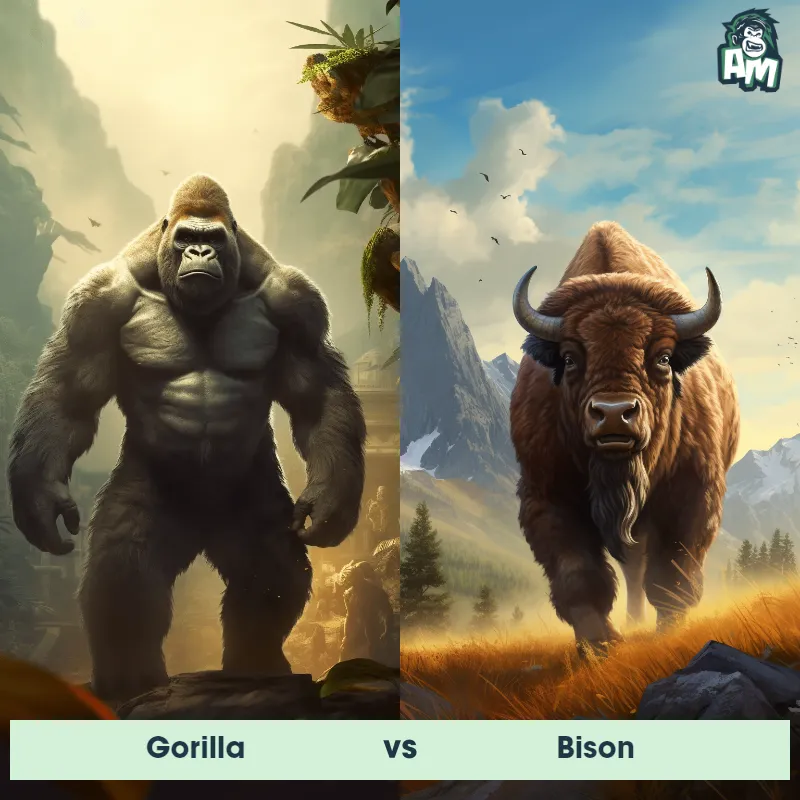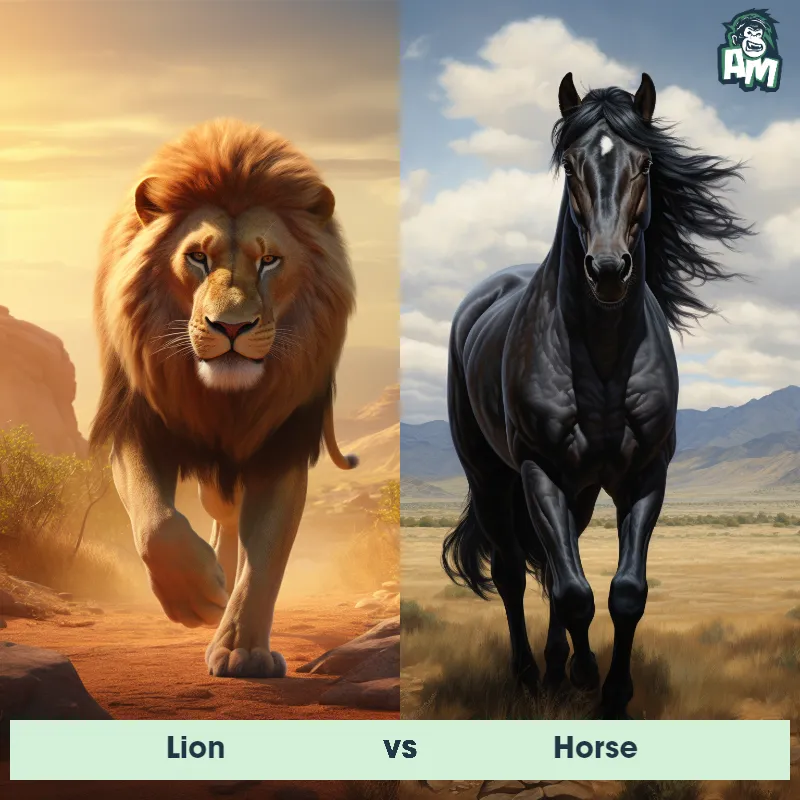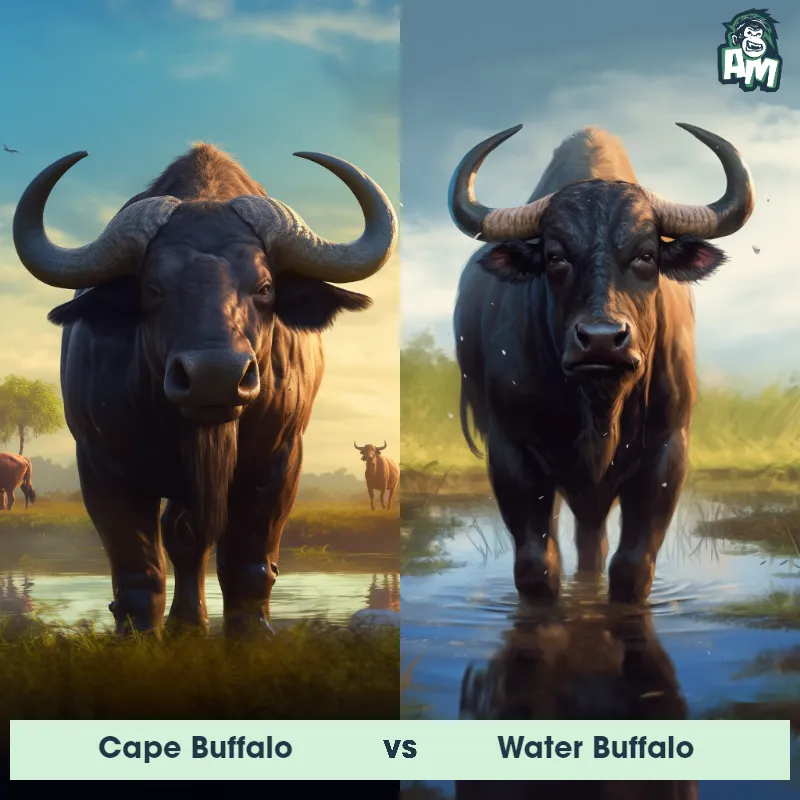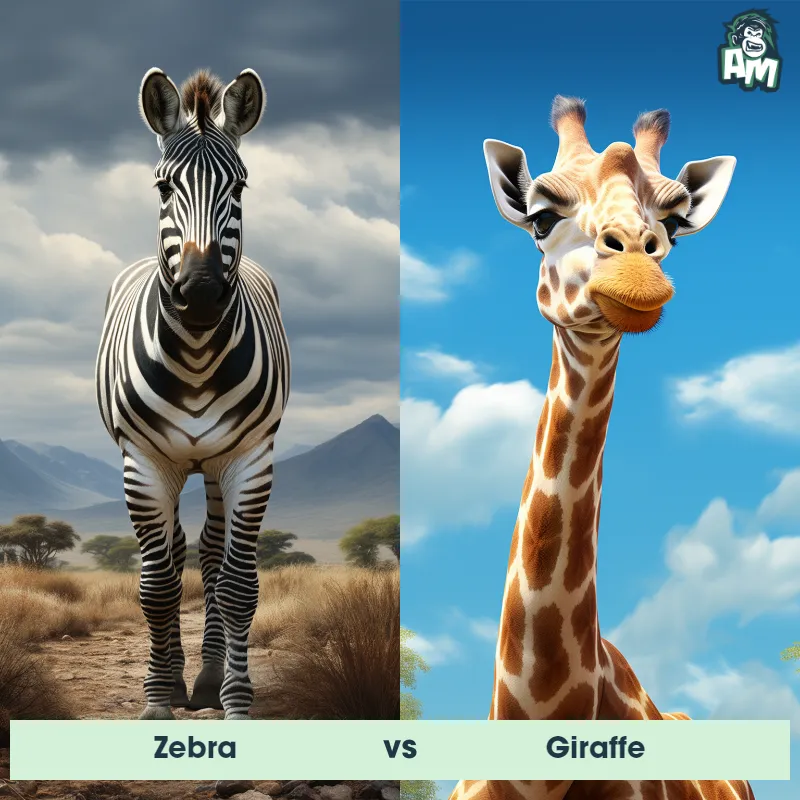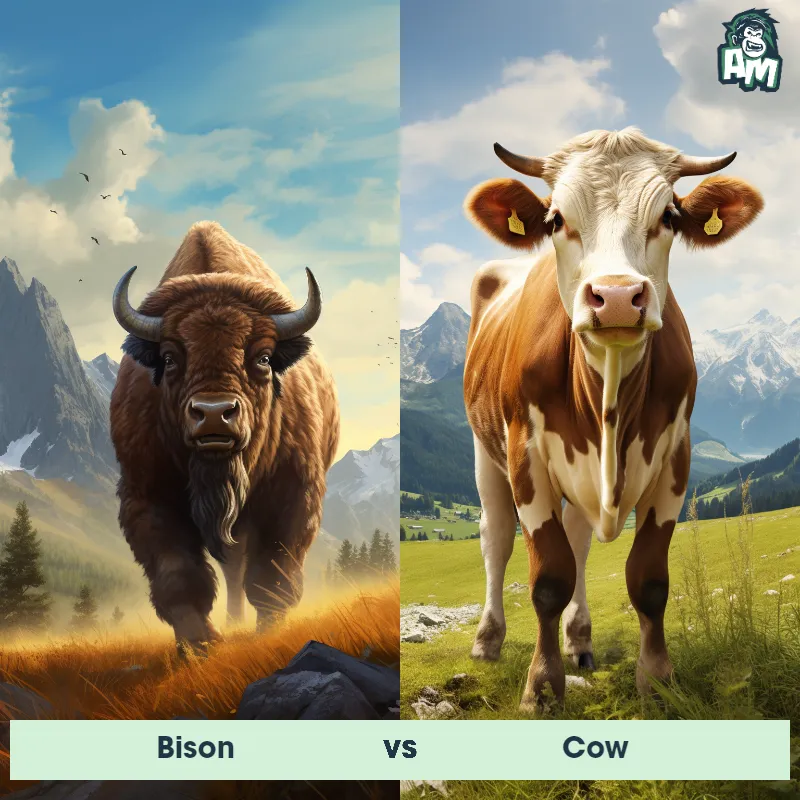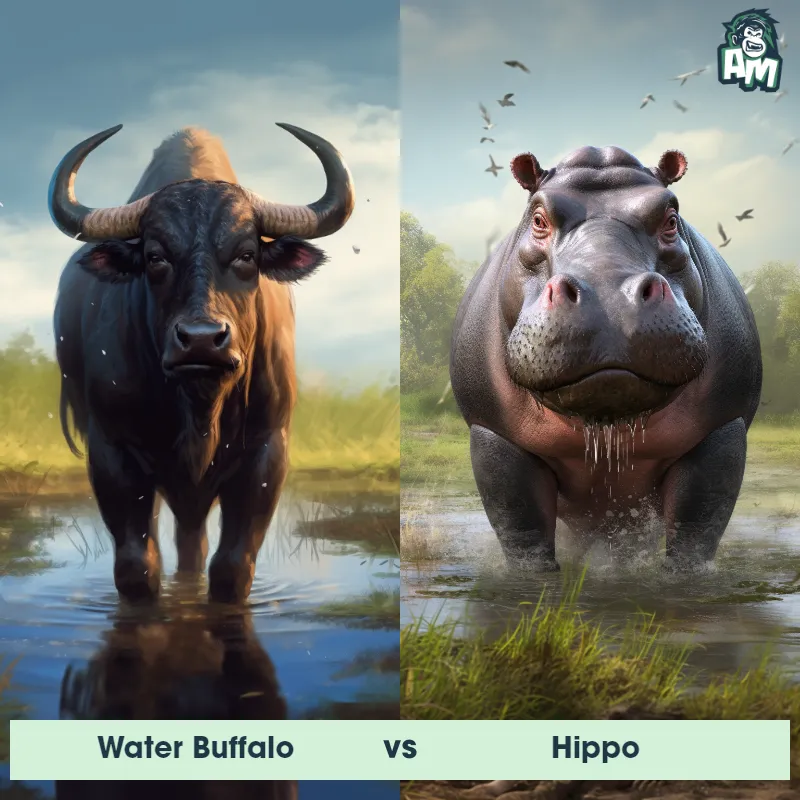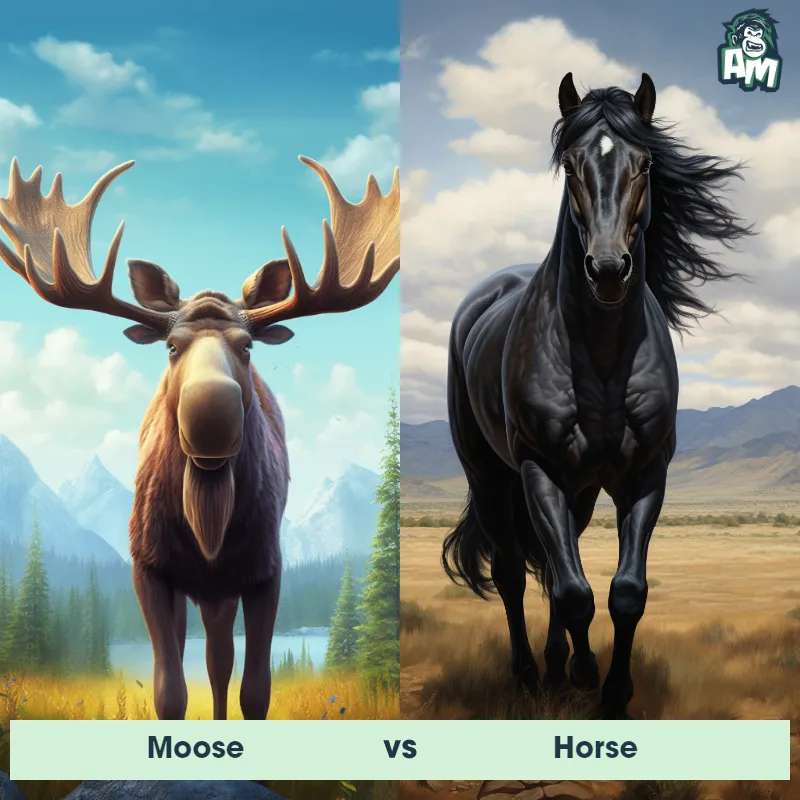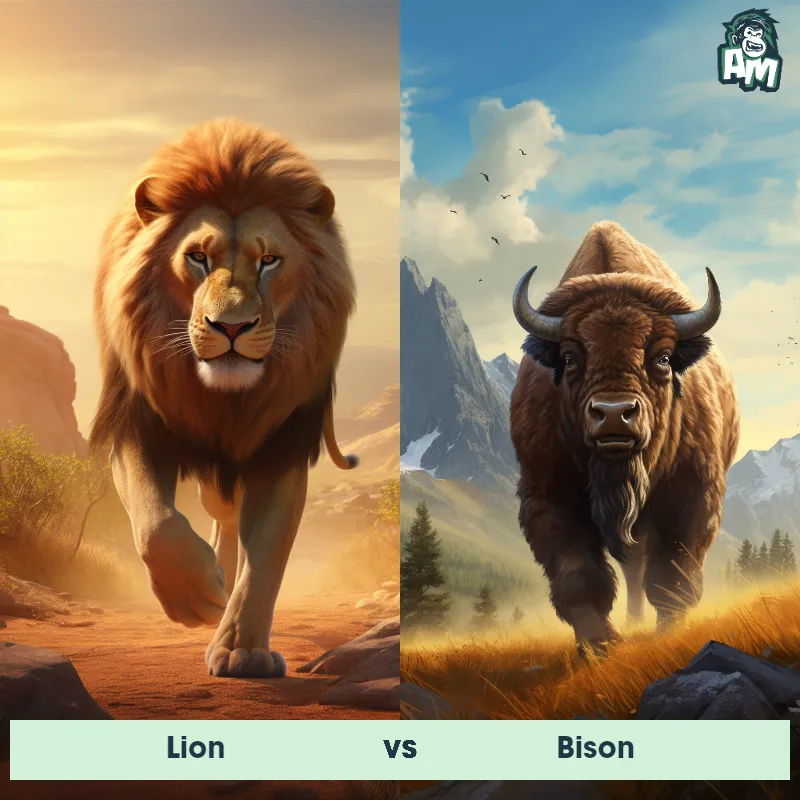Horse vs CowSee Who Wins

Ladies and gentlemen, brace yourselves for a thrilling encounter as two of the most robust creatures in the animal kingdom, the Horse and the Cow, are about to lock horns. Both animals are known for their strength and endurance, and this promises to be a contest of power and strategy. The Horse, with its speed and agility, looks to capitalize on its quick movements, while the Cow, known for its sheer strength and resilience, will aim to withstand the Horse's attacks and retaliate with force.
Contender 1: Horse
The Horse is a large domesticated ungulate notable for its speed, strength, and endurance. With muscular bodies, long legs, and a well-defined neck, horses exhibit a wide variety of coat colors and distinctive markings. They possess a unique digestive system that allows them to survive on a diet mainly of grass. Known for their keen senses and high level of sociability, horses have been used for various purposes, including transportation, work, sport, and companionship, throughout human history.
![[object Object] Gif](https://tenor.com/view/horse-fight-viralhog-animal-brawl-animal-scuffle-gif-14740911035351561444.gif)
Fun Fact: Interestingly, horses use their ears, eyes, and nostrils to express their mood, making them one of the most expressive animals.
Contender 2: Cow
The Cow is a large domesticated mammal revered for its role in agriculture and sustenance. Characterized by their large bodies, wide snouts, and droopy ears, cows have a variety of breeds that differ in size, color, and purpose. Most cows have a distinctive hump over their shoulders and a long tail with a tuft at the end. They are ruminants with a complex digestive system that allows them to convert grasses, which humans cannot digest, into nutritious milk and meat.
Fun Fact: Cows have an excellent sense of smell and can detect odors up to six miles away, a vital adaptation for locating food and water.
Matchup Stats
| Horse | Cow | |
|---|---|---|
| Size | 4.5 - 6 feet at the shoulder (1.4 - 1.8 meters) | 4.9 feet at shoulder height (1.5 meters) |
| Weight | 900 - 2200 pounds (410 - 1000 kilograms) | 1,600 pounds (725 kilograms) |
| Speed | 55mph (88km/h) | 25 mph (40 km/h) |
| Key Strength | Speed and powerful kicks | Size and Weight |
| Biggest Weakness | Lack of natural weapons (like claws or sharp teeth) | Slow Speed |
Current Votes
Horse vs Cow
See Who Wins
View More Matches
Looking For More?
Similar Matches
Scientific Stats
| Horse | Cow | |
|---|---|---|
| Scientific Name | Equus ferus caballus | Bos taurus |
| Family | Equidae | Bovidae |
| Habitat | Grasslands, Deserts, and Forests | Grasslands, Pastures |
| Geography | Worldwide | Worldwide |
| Diet | Herbivore (Primarily grass, hay, and grains) | Herbivore (Grasses, Hay) |
| Lifespan | 25 years - 30 years | 15 years - 25 years |
Key Differences between Horse and Cow
- Size: Horses are generally larger than cows, with an average height ranging from 4.6 to 6 feet at the shoulder, while cows typically stand around 3.3 to 4.9 feet tall.
- Body shape: Horses have a more slender and athletic build, characterized by a long neck, lean legs, and a well-defined musculature. Conversely, cows have a heavier and more rounded body shape, with a shorter neck and stockier legs.
- Ears: Horses possess relatively long and pointed ears, which can rotate independently to detect sounds from different directions. In contrast, cows have shorter and rounder ears that tend to remain in a fixed position.
- Head shape: Horses have a more refined and elongated head, often with a prominent forehead and expressive eyes. Cows, on the other hand, have a shorter and more square-shaped head, with a wide forehead and a prominent jawline.
- Tails: Horses have long and flowing tails, usually covered in a thick mane of hair. Cows have shorter and less abundant tails, often with a tuft of hair at the end.
- Coat color and pattern: Horses exhibit a wide range of coat colors and patterns, including solid colors (black, brown, chestnut, etc.), as well as various combinations of spots, stripes, and patches. Cows, on the other hand, are typically solid-colored, with variations of black, brown, white, or a combination of these colors.



